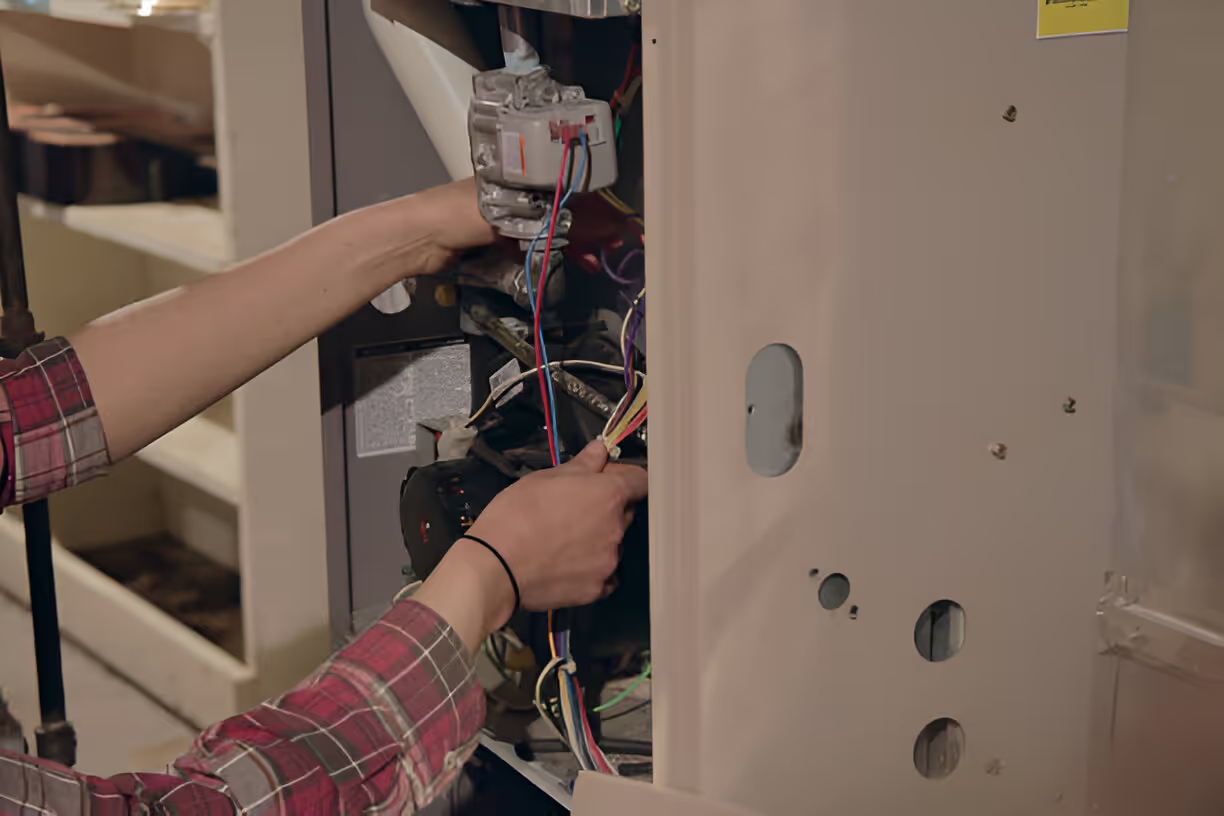Heating Installation in Santan Valley, AZ
An efficient, correctly installed heating system keeps your home comfortable through chilly desert nights and occasional winter cold snaps. Heating Installation in Santan Valley, AZ focuses on giving homeowners reliable warmth, lower operating costs, and code-compliant systems tailored to local climate and home construction. This guide explains what a professional installation includes, common local challenges, and how the right process protects your investment and indoor comfort.

Why a tailored heating installation matters in Santan Valley
Santan Valley homes see mild winters but wide temperature swings between day and night. That means systems that are oversized, undersized, or poorly commissioned can short cycle, waste energy, and wear out sooner. Local homes also contend with high dust loads and the region’s specific building practices. A proper installation accounts for heat load, ductwork condition, ventilation, fuel source, and long-term efficiency so your system performs reliably year after year.
Common heating types and selection factors
Most households in the East Valley choose between:
- Natural gas furnaces — common where gas service is available; strong heating capacity with fast warm-up.
- Heat pumps — efficient for Arizona’s mild winters and provide both heating and cooling; modern units perform well even during cooler nights.
- Ductless mini-splits — ideal for additions or homes without ductwork; offer zoned comfort and high efficiency.
- Dual-fuel systems — combine a heat pump with a gas furnace for optimized seasonal performance.
Choosing the right system involves evaluating fuel availability, home layout, existing ductwork, insulation, and your comfort priorities. Professionals perform objective, data-driven selection rather than one-size-fits-all recommendations.
Site assessment and accurate sizing
A thorough site assessment is the foundation of a long-lasting installation. Key steps include:
- Performing a Manual J heat load calculation to determine proper system capacity.
- Inspecting and measuring ducts (Manual D principles) for leaks, sizing, and airflow restrictions.
- Checking insulation levels, window orientation, and attic access to identify heat loss or gain.
- Verifying gas line capacity and electrical service for new equipment.This ensures your new system is neither oversized nor undersized, preventing short cycling and reducing operating costs.
Step-by-step installation process
A professional installation follows a structured workflow to maintain safety, efficiency, and code compliance:
- Pre-install planning — finalize equipment selection, secure necessary permits, and schedule the work window.
- Old system removal — safely disconnect and remove existing equipment, reclaim refrigerant if applicable, and dispose of components per regulations.
- Rough-in and preparation — prepare mounting pads, ducts, gas piping, electrical circuits, and venting paths.
- Equipment set and connect — install furnace or heat pump, connect refrigerant lines or gas lines, wire controls, and secure ducts and vents.
- Combustion and safety setup (gas systems) — install and test venting, draft, gas pressures, and safety shutoffs to protect against carbon monoxide and backdrafting.
- Refrigerant charge and airflow balancing — precisely charge refrigerant on heat pumps and measure airflow/static pressure to ensure proper distribution.
- Thermostat and control configuration — install compatible thermostats, program schedules, and calibrate sensors.
- Cleanup and homeowner walkthrough — tidy the work area, explain operation and maintenance, and provide documentation.
Energy-efficiency and local considerations
Energy efficiency is especially relevant in Santan Valley where AC and heating run seasonally. Efficiency strategies include:
- Selecting high-efficiency heat pumps or furnaces with appropriate SEER, HSPF, or AFUE ratings.
- Using variable-speed blowers and ECM motors to reduce electrical use and improve comfort.
- Proper duct sealing and insulation to minimize distribution losses, especially critical in Arizona attics.
- Installing programmable or smart thermostats for optimized temperature control and demand savings.
- Considering indoor air quality upgrades—higher-quality filters, UV lights, or air purifiers—to combat heavy dust and particulate loads common in the area.
Local utility rebates and incentives may be available for high-efficiency equipment, and a professional installer can identify potential programs to lower upfront cost while maximizing lifetime savings.
Post-install testing and verification
Post-install testing confirms peak performance and safety:
- Temperature rise and split testing to validate heating performance.
- Airflow measurement and static pressure checks to confirm correct duct operation.
- Combustion analysis and carbon monoxide testing for gas-fired appliances.
- Leak checks on refrigerant and gas lines.
- Electrical safety and grounding verification.These tests ensure systems meet manufacturer specifications and local codes before final sign-off.
Warranty, registration, and code compliance
A proper installation includes guidance on manufacturer warranty registration and documentation of labor warranties. Installers should provide:
- Manufacturer registration support to activate equipment warranties.
- A clear explanation of what each warranty covers and maintenance requirements to keep warranties valid.
- Permit handling and working with local building departments for inspections and final approval.Technicians should be licensed, bonded, and familiar with East Valley and county-level code requirements so installations pass inspections without delay.
Common installation problems in Santan Valley and how they are avoided
Frequent issues seen locally include:
- Oversized units causing short cycling and uneven temperatures.
- Poor duct sealing leading to comfort issues and higher bills.
- Inadequate combustion venting or improper gas pressure on furnaces.
- Incorrect refrigerant charge on heat pumps reducing efficiency.
- Neglected indoor air quality resulting from heavy regional dust.A meticulous installation process, proper testing, and attention to local environmental factors prevent these problems.
Maintenance and homeowner care
Keeping your new system performing requires simple routine care:
- Replace or clean air filters regularly, especially during dusty seasons.
- Schedule annual or biannual tune-ups for heating and cooling components.
- Keep outdoor units clear of debris and landscaping for proper airflow.
- Maintain attic insulation and seal duct penetrations to improve distribution efficiency.These steps extend equipment life and preserve warranty protections.
Professional heating installation in Santan Valley, AZ is about more than putting in equipment. It is a complete, code-compliant service that begins with accurate assessment and sizing, follows strict installation and testing procedures, and ends with warranty registration and homeowner education to ensure long-term comfort and efficiency in local homes.






